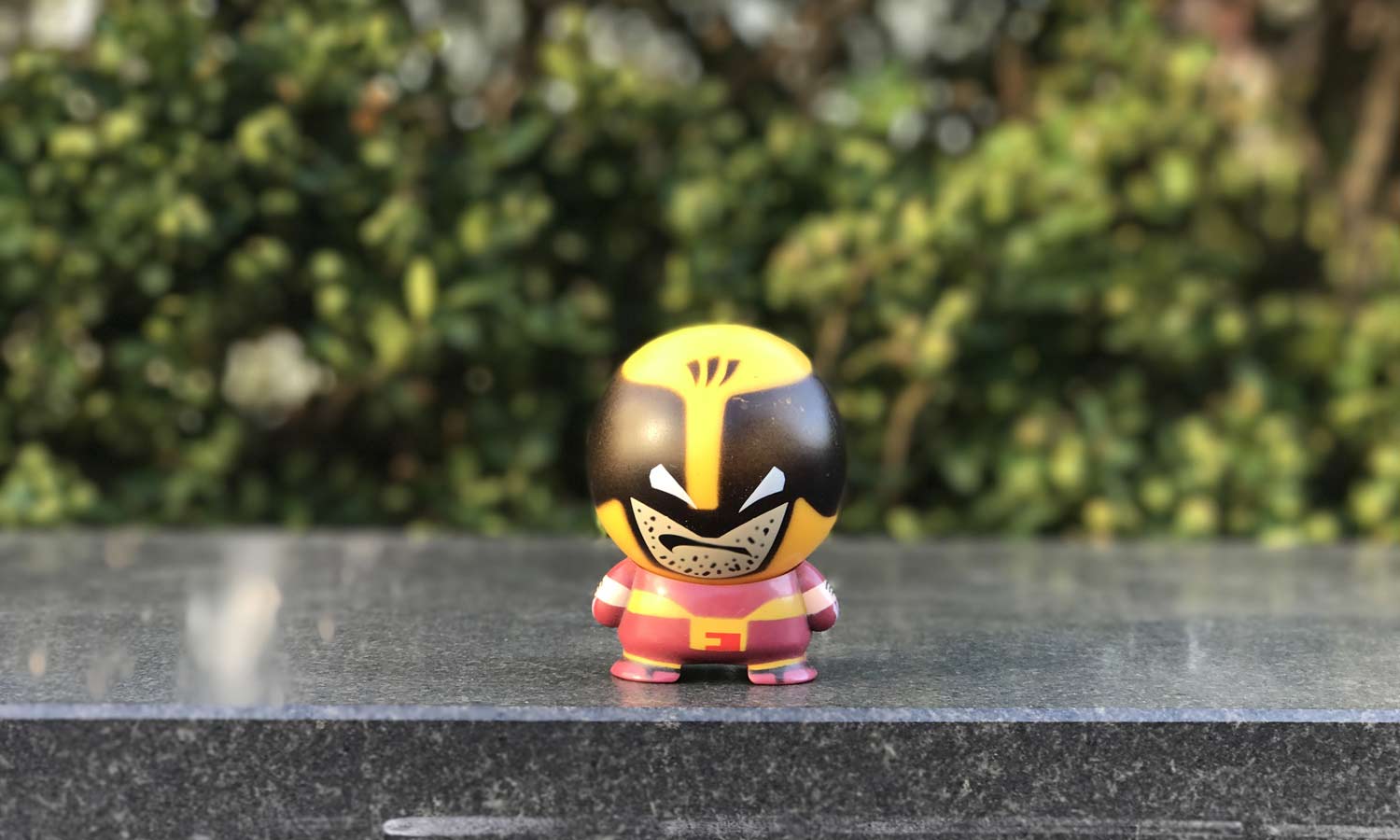Here's How Well Portrait Mode on iPhone 7 Works
We look at how Apple's new portrait mode beta in iOS 10.1 performs and how it stacks up against a mirrorless camera.
iOS 10.1 is out now, and one of the big new features in Apple's latest update can be found in the Camera app's new Portrait mode. If you've got an iPhone 7 Plus, you can use Portrait mode to shoot subjects in sharp focus. After updating our iPhone 7 Plus to run iOS 10.1, we went hands-on with the new feature to find out how good Portrait mode really is. (Note: Portrait mode remains a beta, so don't be surprised if you notice a few quirks when trying it out for yourself.)

Portrait mode is a part of the growing field of computational photography features which uses info from both of the iPhone 7 Plus' rear cameras to simulate a shallow depth of field similar to what you would get from an expensive camera with a wide aperture lens. That means we're looking for pics with soft, blurry backgrounds that provide even better contrast for tack sharp subjects in front.
MORE: Pixel vs S7 vs iPhone 7 Camera Face-off
Using portrait mode is a snap. Just open the standard camera app and select the mode from the list below the viewfinder. Then make sure your subject is less than 8 feet away, and start shooting.
The first thing you'll notice is that the iPhone 7 Plus uses the 56mm f/2.8 lens as its primary shooter instead of the standard 26mm f/1.8 camera. That's because the 56mm lens offers a more compressed field of view that's closer to the 70mm and 80mm lenses that many portrait photographers rely on.
If you're shooting a person, the phone will automatically pick out their face and add bokeh (the out-of-focus section of a picture) to the background. However, if you're shooting something else, you'll want to remember to tap on your subject to help the phone decide what should and shouldn't be in focus.

When we tried Portrait mode out on a nearby Wolverine figurine, the iPhone did a pretty admirable job of creating the soft bokeh that people look for in portrait shots. The Portrait mode shot has a nice creaminess that makes the figure stand out well against what would otherwise be a busy background, and it even simulates the circle shaped artifacts that would normally reflect the shape of the camera's aperture.
Get instant access to breaking news, the hottest reviews, great deals and helpful tips.

However, a closer look at both photos show where Apple's software is a little too aggressive. In the shot using Portrait mode, the shape and sharpness of Wolverine's head start to blend into the background. There's also a pretty hard line that separates where the blurring starts, which can be a bit distracting.

Next we compared a shot from Apple's portrait mode with one taken by a high-end mirrorless camera that also has an aperture of f/2.8 (a Samsung NX1 mirrorless camera, to be exact). As expected, the mirrorless camera has no problems getting sharp details around the figure's head, while also delivering an even more pleasing blurry background. There's no hard line between foreground and background, and the mirrorless camera even goes past what Apple's software can do by capturing the tiny bokeh rings that many photographers prize when shooting at shallow depths of field.
But don't get it twisted: what the iPhone's portrait mode has shown is pretty impressive, especially considering that the mirrorless camera we used sports a lens that costs $1,500. And since the feature is still in beta, you know the folks in Cupertino are still working on ironing out all the kinks.
Sam is a Senior Writer at Engadget and previously worked at Gizmodo as a Senior Reporter. Before that, he worked at Tom's Guide and Laptop Mag as a Staff Writer and Senior Product Review Analyst, overseeing benchmarks and testing for countless product reviews. He was also an archery instructor and a penguin trainer too (really).
